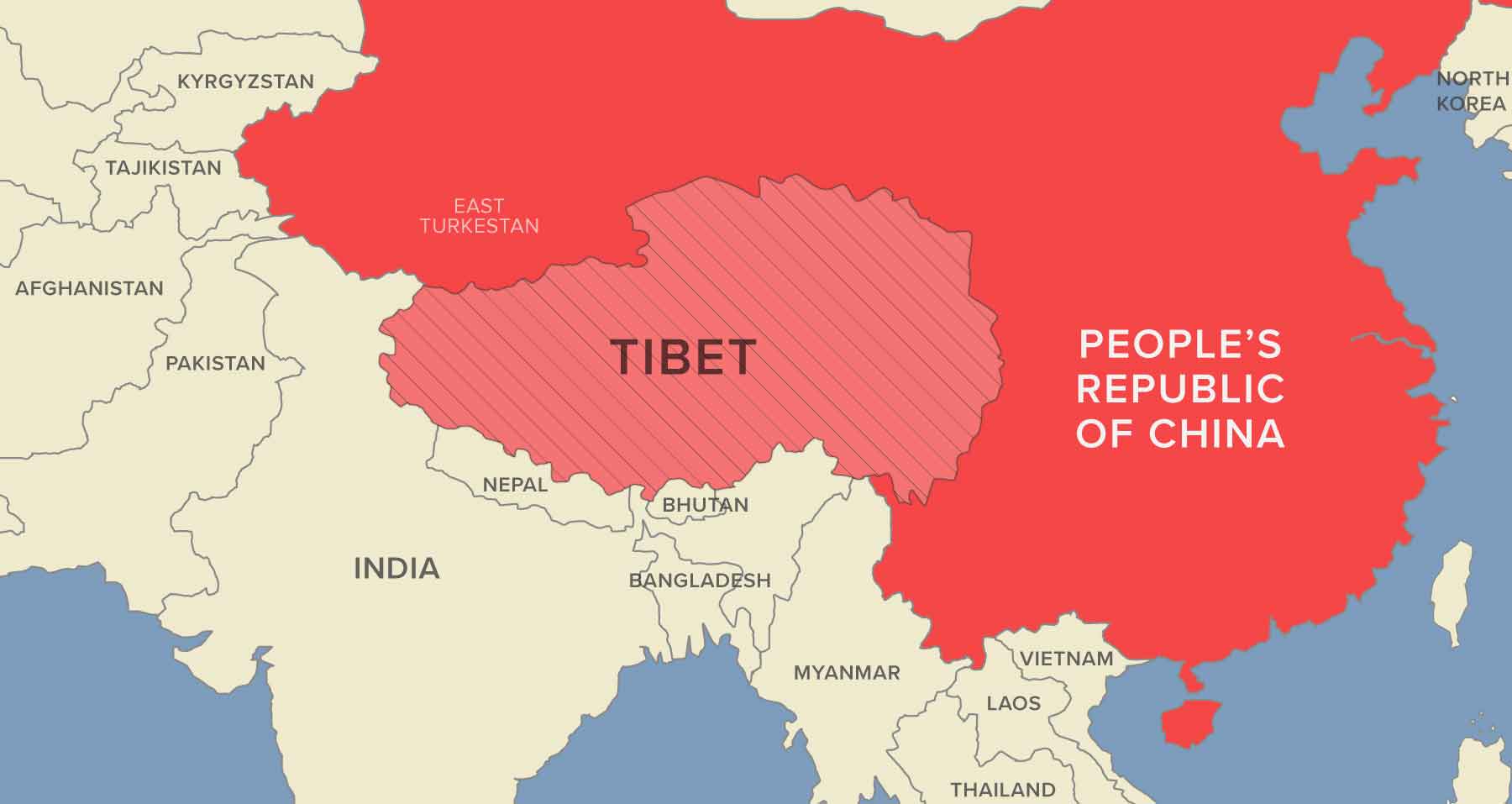Act states that it is the US policy that the dispute between Tibet and China must be resolved in accordance with international law, including the UN Charter, by peaceful means through dialogue without preconditions.
- It also supports the Dalai Lama’s “Middle Way Approach” under which Tibet would remain part of the People’s Republic of China, but Tibetans would have meaningful autonomy.
About Tibet-China Dispute

- Following a brief military conflict between China and Tibet at the start of 20th century, Tibet declared itself as an independent nation in 1912 and functioned as an autonomous region until 1950.
- In 1951, the Dalai Lama’s representatives signed a seventeen-point agreement that granted China sovereignty over Tibet for the first time.
- Chinese claim this document is proof of Chinese sovereignty over Tibet while Tibet says that it was coerced into signing this document.
India’s stand on Tibet
- In 1959, India granted asylum to Dalai Lama after a failed uprising.
- Since 2003, Government of India recognizes Tibet Autonomous Region as part of the People's Republic of China following the signing of the Declaration on Principles for Relations and Comprehensive Cooperation between India and China.





